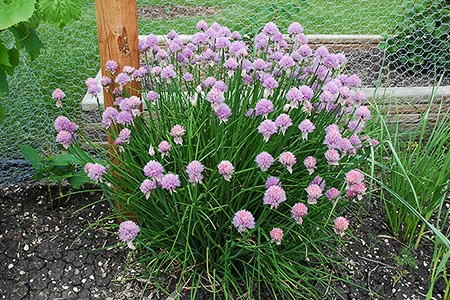How To Grow And Care For A Calendula Plant
Calendula, also known as "pot marigold," is a beautiful and versatile flower that can be easily grown in containers. With its bright yellow and orange hues, it is a perfect addition to any Asian-themed garden. Whether you are a seasoned gardener or new to the craft, container-grown calendula is a great way to bring a pop of color and natural beauty to your home or outdoor space.

Plant Attributes
Calendula is a hardy annual that typically grows to a height of 12-24 inches, with a similar spread. It has dark green foliage and produces single or double-bloomed flowers in shades of yellow, gold, and orange. Calendula blooms from late spring through early fall, and its vibrant colors make it a favorite among gardeners and landscapers alike.
Calendula prefers full sun but can also tolerate partial shade. It grows best in well-drained soil and can be grown in containers or directly in the ground.
Plant Care
One of the great things about growing calendula is that it is relatively low maintenance. To keep your plants healthy and blooming, be sure to water them regularly and fertilize them every few weeks with a balanced, all-purpose fertilizer. Deadheading - the process of removing spent flowers - will also help to promote more blooms.
It is important to note that calendula can be susceptible to powdery mildew and other fungal diseases, especially in humid climates. To prevent these issues, be sure to provide adequate airflow around your plants and avoid overcrowding them. If you do notice signs of disease, remove infected leaves and treat your plants with a fungicide as necessary.
Pruning
Pruning is not necessary for calendula, but removing spent flowers can help to prolong their blooming season.
Propagation
Calendula can be easily propagated by seed. Simply sow the seeds directly in well-drained soil after the last expected frost, and cover with a thin layer of soil. Keep the soil moist but not waterlogged, and your plants should start to sprout within a week or two.
Potting & Repotting
If you prefer to grow calendula in containers, be sure to choose a container with adequate drainage holes and fill it with a well-draining potting mix. Calendula does not like to be waterlogged, so it is important to allow the soil to dry out slightly between waterings. If your plants become root-bound or outgrow their containers, simply repot them into a slightly larger container.
Common Pests & Plant Disease
Calendula is generally pretty resistant to pests, but it can be susceptible to aphids and whiteflies. To prevent these pests from infesting your plants, be sure to inspect your plants regularly and remove any affected leaves or insects as necessary. You can also treat your plants with an insecticide or soap spray if necessary.
In terms of plant disease, as mentioned earlier, calendula can be prone to powdery mildew and other fungal diseases. Be sure to keep your plants well-spaced and provide adequate airflow to prevent these issues.
Common Problems
One common problem with calendula is root rot, which can occur if the plants are overwatered or grown in poorly draining soil. To prevent root rot, be sure to allow the soil to dry out between waterings and use a well-draining potting mix if growing in containers. If you do notice signs of root rot, remove the affected plants and consider replanting in a different location or with fresh soil.
Another common issue with calendula is spider mites, which can cause yellowing and stippling of the leaves. To prevent spider mites from infesting your plants, be sure to keep your plants well-watered and maintain adequate humidity levels.
Overall, growing calendula in containers is a great way to add some natural beauty and color to your home or outdoor space. With the right care and attention, your calendula plants will thrive and provide you with months of blooming enjoyment.



/how-to-grow-spearmint-5086858_01-2102e545062b4a7db2fc5d04219524e7.jpg)
Post a Comment for "How To Grow And Care For A Calendula Plant"